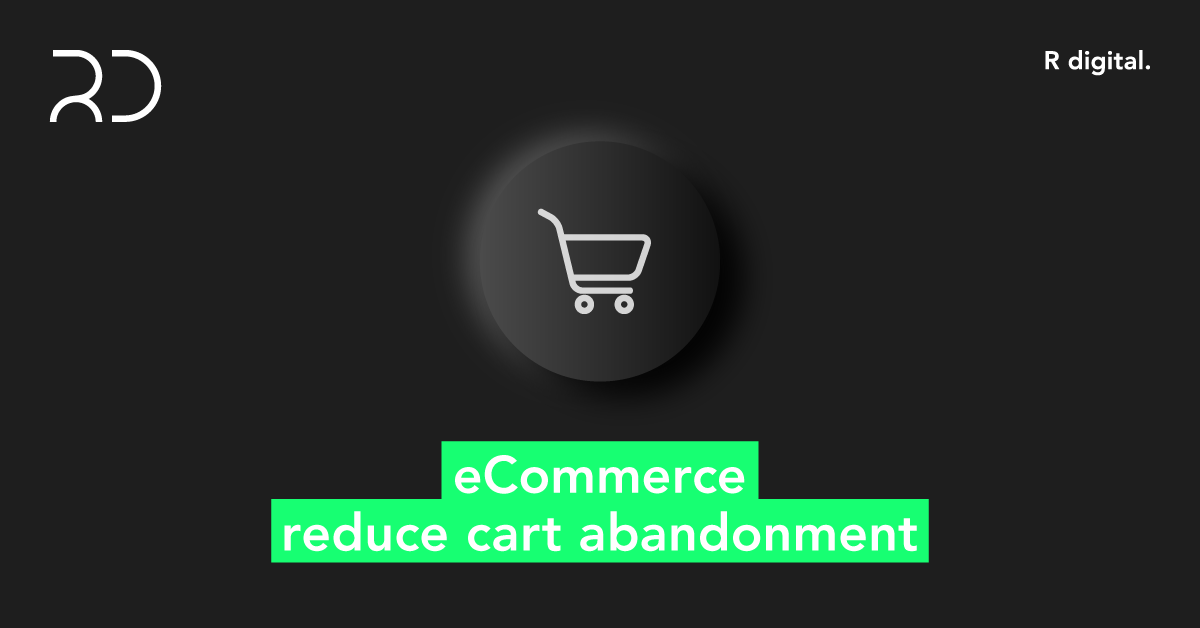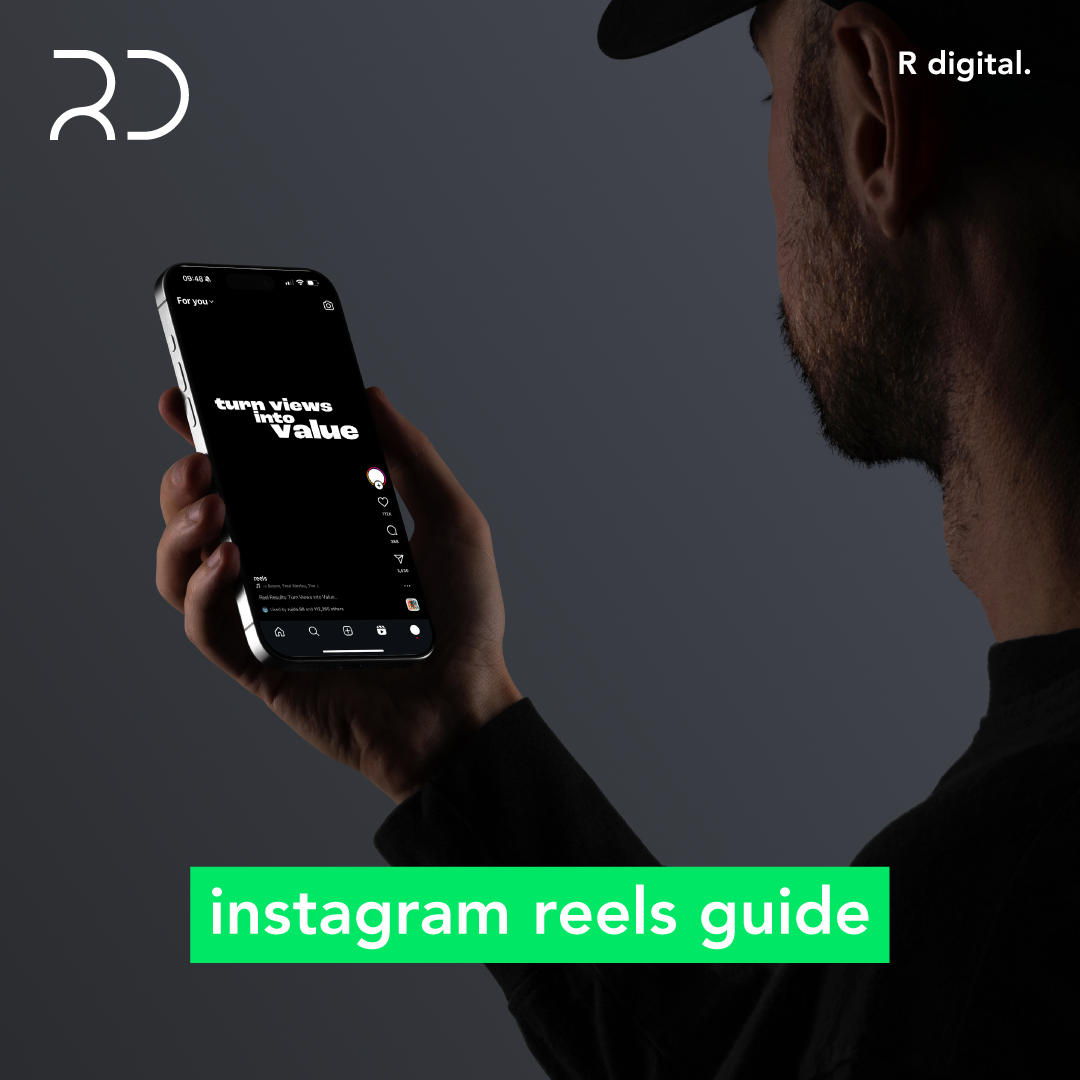
One of the most important aspects of an e-commerce site is how many visitors convert into customers. The end goal, after all, is to make sales. The percentage of visitors that make purchases on a site out of the sum of traffic it generates is the site’s conversion rate.
Conversion rates are very low across the board in e-commerce. Depending on the industry sector, they range from just under 1% to almost 3.80%, as of 2021. There are many reasons why visitors leave your site without making any purchases, but a major one is cart abandonment.
What is cart abandonment?
Cart abandonment happens when users on your e-commerce site add items to their cart but leave the site without completing the purchase.
Being able to track the cart abandonment rate of your site is vital: not only does it directly affect your site’s conversion rate, but also it is a symptom. A high cart abandonment implies that users encounter difficulties that dissuade them or even block them from completing the purchase. This could be a simple issue of a problematic checkout procedure.
While cart abandonment rates range from 70% to almost 90% depending on the industry sector, you can considerably lower the percentage well below that average. The secret lies in making simple changes in your e-commerce site or your assorted policies. Here are some tested and true changes you can make to help your customers complete their purchases.
Step 1: Make the process clear and easy
One of the main reasons for cart abandonment is that the checkout process isn’t clear or easy for the user. This could be due to a number of reasons, from confusing stages to complicated requirements. Follow these guidelines to ensure that your checkout process is clear and easy:
Reduce loading times to a minimum
Making sure that your site speed is maximized is important for your e-commerce site in general: the longer the loading time of each page, the fewer users remain on your site. Even more so during checkout. Slow loading times make users frustrated and undermine trust in your site, so cart abandonment increases.
Keep clear calls-to-action (CTAs)
Keep each checkout page clear in its calls to actions, so that users are not confused about what step to take next. Marking buttons clearly so the customer navigates their shopping easily (e.g., clear options to continue shopping or proceed to checkout) will keep them on your site long enough to complete the purchase.
Give constant and clear cart and pricing information
Every time a customer adds an item to their cart, it’s good to give them a page confirming that the item was added to their cart. This should be followed by clear options on how to continue or proceed to checkout, clear options to view the cart or edit it, and the total price with the new item added.
This makes users trust the site, feel more comfortable using it, and feel more in control of their own shopping experience, which makes it pleasant and effortless. Happy customers are more likely to complete their purchases on your site.
Keep the process swift
The fewer steps to completing the purchase the better. Long and complex checkout processes often cause people to abandon their carts. Make as many stages in checkout as possible automatic.
Include a guest checkout option
Forcing users to create accounts in order to complete their purchase is one of the top reasons for cart abandonment. It adds extra steps to the process, making it longer, and it demands password or username creation. The best practice is to allow users to complete their purchases as guests, giving them an option to create an account only if they want to.
Step 2: Keep surprises to a minimum
Make your shipping costs clear
Cart abandonment happens often when unexpected shipping costs pop up during checkout. Offering free shipping options is always a good way to avoid this. However, even if you can’t offer free shipping, having your shipping information prominent on your site and including shipping pricing options is often enough.
Do not have extra costs
The cart information should include all costs except shipping, so the customer is not surprised by any sudden increase in the pricing. Unexpected or sudden added costs during checkout that are not shipping costs or COD (cash on delivery) costs are a big deterrent from completing purchases.
Step 3: Make the customer feel safe
Inspire trust in the site
A streamlined, aesthetically pleasing, robust e-commerce site will inspire trust in the customer. Add trust signs that inform customers of security in using your site, using brands such as Verisign. Make sure the site has the necessary security certificates, such as SSL, which tells users their data is secure while browsing your site. Make sure that your site gives the customer clear information on how their data is protected as well as which data will be stored on your site.
Inspire trust in the checkout process
Offer as many payment options as possible, including the necessary trust signs for using credit cards or entering sensitive information. Including alternative payment methods to credit cards, such as PayPal, which allows them to skip entering any sensitive information, is a plus.
Step 4: Entice and invite them back
Use cart abandonment emails
No matter how well your site is designed, customers will abandon their carts for various reasons. A good practice to get them to complete the purchase at a later date is to send reminder emails with their cart information and even a quick button for completion of the purchase.
Let them save their cart
Give the option of saving the cart’s information so they can return to it at a later date. Users may want to think about it or may need some time to prepare for payment.
Use conversion messaging
In strategic moments where users are likely to abandon their cart, consider adding messages telling them how popular the items in their cart are, if the stock is running out, or if there is a great promotion related to their interests or cart items.
As they add items to their cart, inform them how much more they need to spend for free shipping, if free shipping is an option.
Customers are likely to complete their purchase if they feel they are getting a bargain or unique deal out of it.



